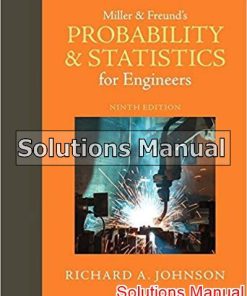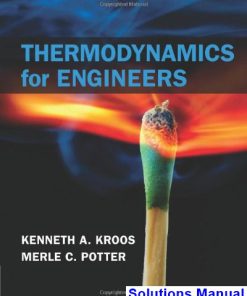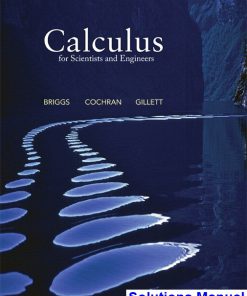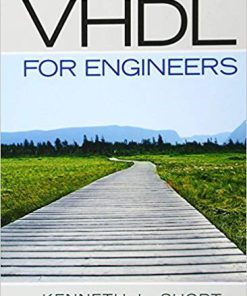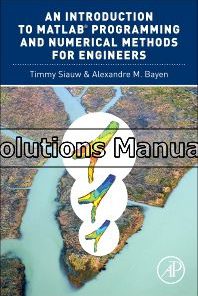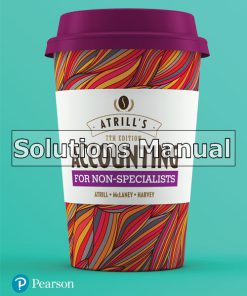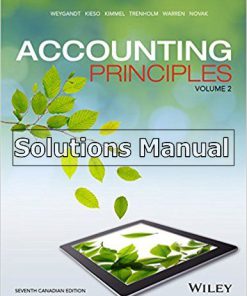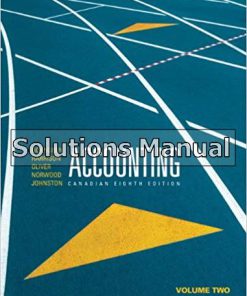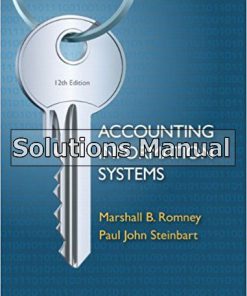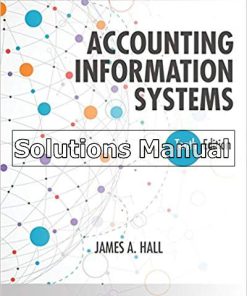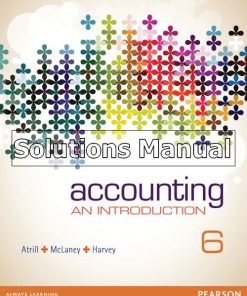Introduction to Creativity and Innovation for Engineers 1st Edition Walesh Solutions Manual
$26.50$50.00 (-47%)
Introduction to Creativity and Innovation for Engineers 1st Edition Walesh Solutions Manual.
You may also like
Introduction to Creativity and Innovation for Engineers 1st Edition Walesh Solutions Manual

Product details:
- ISBN-10 : 013358707X
- ISBN-13 : 978-0133587074
- Author: Stuart G. Walesh, PhD, PE, D.WRE, Dist.M.ASCE, F.NSPE
This first edition of Introduction to Creativity and Innovation for Engineerswas primarily designed for engineering students interested in acquiring knowledge, skills, and attitudes (KSA) that will help them be more creative and innovative. While intended primarily for engineering students, the widely applicable principles, ideas, tools, and methods introduced will also be useful for practicing engineers and as well as members of other disciplines.
The text argues for a “whole-brain” approach to the study of engineering, using neuroscience as a foundation. While the left brain (logical and analytic) is essential to the study of engineering, the author believes that engineering students and practitioners will be more successful if they learn to also engage in more right brain processing (intuitive and emotional). Similarly, they should draw on knowledge of conscious and subconscious thinking and view the brain as a muscle that can be continuously strengthened.
Table contents:
- Dedication
- List of Figures
- List of Tables
- Foreword
- Preface
- The Approach of This Book
- Why is This Book Different?
- Outline of Chapters
- Acknowledgments
- Chapter 1. Introduction
- The Sputnik Shock
- The Link between Creativity and Engineering
- What is Creativity?
- The Definition of Creativity
- The Four Ps of Creativity
- The Fifth P
- Paradoxes of Creativity
- Summary
- Chapter 2. The Importance of Creativity in Engineering
- The Economics of Creativity
- Engineering and Engineers
- Change
- The Need for Creativity
- Creative Engineering Problem Solving
- The Oil Crisis of 1973
- Case Study: Creativity and Innovation in Aerospace
- Chapter 3. Phases: Creativity and the Design Process
- Problem Solving and Creativity
- Knowledge and Problem Solving
- Problem Recognition
- Idea Generation
- Idea Evaluation
- Solution Validation
- General Models of Creative Problem Solving
- Engineering Problem Solving: Design
- Engineering Models of Design
- Chapter 4. Product: The Creativity of Things
- What are Products?
- The Fundamental Criteria of the Creativity of Products
- The Hierarchical Organization of Creative Products
- Product Creativity as a System
- Latent Functional Creativity
- Measuring the Creativity of Products
- Industrial Design and Engineering
- Summary
- Chapter 5. Process: Generating Creative Ideas
- Unsystematic Creativity
- Systematic Production of Novelty
- Thinking Tactics That Generate Variability
- Using Creativity-Facilitating Cognitive Styles
- Meta-Cognition
- Measuring Divergent Thinking
- Convergent Thinking: The Prepared Mind
- Knowledge and Creativity
- The Interaction Between Divergent and Convergent Thinking
- Models of Convergent and Divergent Interaction
- Summary
- Chapter 6. Person: The Who of Creativity
- The Search for the Creative Personality
- Creativity and Mental Illness
- Studying Personality and Creativity: Methods
- Studying Creativity and Personality: Results
- Personality-Facilitating Traits
- The Dynamics of Personality and Creativity
- The Paradoxical Personality
- A Dynamic System
- Diagnosing the Creativity of People
- Psychological Dimensions of Creative Potential
- Summary
- Chapter 7. Press: Creativity and the Role of the Environment
- The Social Environment
- The Social Definition of What is Creative
- Motivation: The Social Nature of the Creative Impulse
- The Institutional Environment and Creativity
- Creativity and Gender
- Groups and Creativity
- Assessing the Organizational Climate
- Summary
- Chapter 8. Innovation: Exploiting Creativity
- Defining Innovation
- Competition and Innovation
- Understanding Innovation
- The Innovation Phase Assessment Instrument (IPAI)
- Summary
- Chapter 9. Creativity Training
- Can Creativity Be Taught?
- The Effectiveness of Creativity Training
- Why Do We Need to Teach Creativity?
- What Abilities Need to Be Trained?
- Domain-Specificity and Creativity Training
- General Approaches to Creativity Training
- Fostering Creativity in Individual People
- Specific Creativity-Facilitating Techniques
- Chapter 10. Embedding Creativity in Engineering Education
- The Problem
- Stakeholder Perspectives
- Benefits of Creativity in Education
- Fixing the Problem
- Designing a Curriculum for Engineering Creativity
- Summary
- Concluding Remarks
- References
- Index
People also search:
linguistics for non-linguists a primer with exercises 5th edition pdf
linguistics for non-linguists a primer with exercises
what is the difference between general linguistics and applied linguistics
what is non linguistics
linguistics for non linguists 5th edition pdf

